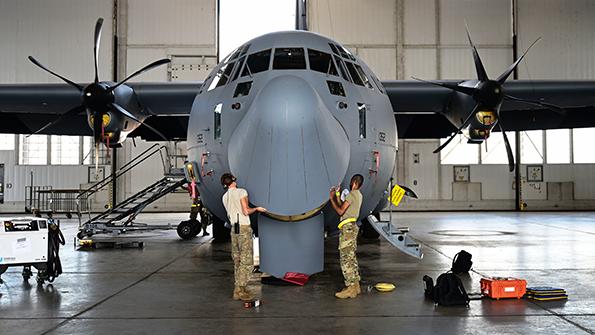
Ask the Editors: The Aviation Week Network invites our readers to submit questions to our editors and analysts. We’ll answer them, and if we can’t we’ll reach out to our wide network of experts for advice.
The COVID-19 crisis has hit the commercial MRO industry hard. How is the military aftermarket sector faring?
Michael Tint, head of defense analytics at Aviation Week, responds:
COVID-19 has not caused military aviation anything like the degree of disruption it has for civil aviation. Defense budgets for 2020 were largely allocated before its onset, and there have been only minor reductions in military operations as a result of the pandemic. Procurement has been similarly steady, with only small production delays so far. However, the nature of military budgeting in most countries means that major cuts in spending will not be felt for at least a year or two. Meanwhile, rising global tensions are likely to ensure that defense spending remains a priority—even if the longer-term economic consequences of the pandemic prove severe.
As military flying continues, so too must military engine maintenance, repair and overhaul. Aviation Week forecasts that $85.4 billion dollars will be spent on depot-level engine maintenance for Western-designed military aircraft over the next decade. Of this total, $50.5 billion will be spent on the engines powering fighters and jet-powered trainers. Demand for these engines will rise from $4.5 billion in 2020 to $5.6 billion in 2029, a compound annual growth rate of 2.05%. General Electric F404/F414s in Boeing’s F/A-18 and T-7, Saab’s Gripen, and KAI’s KF-X and T-50 will produce the largest share of this demand (22.4%), but most of the growth will come from Pratt & Whitney F135s powering Lockheed Martin F-35s. Demand for this engine will rise from $424 million in 2020 to $1.4 billion in 2029, a rate of 14.19% per year.

